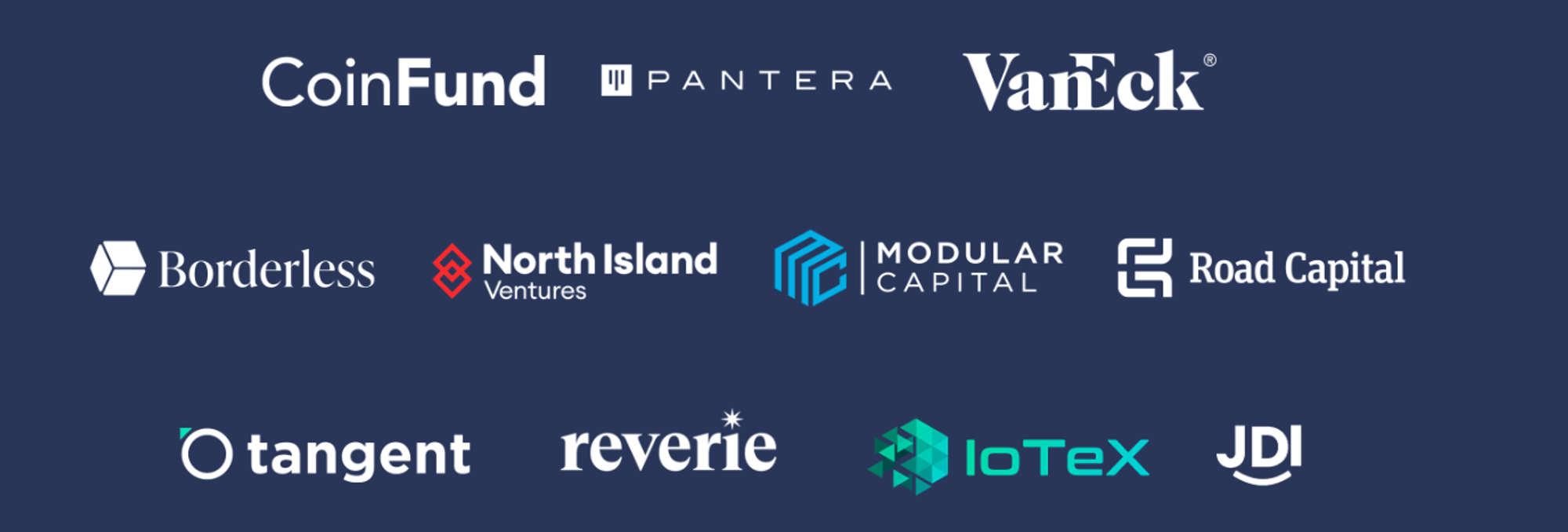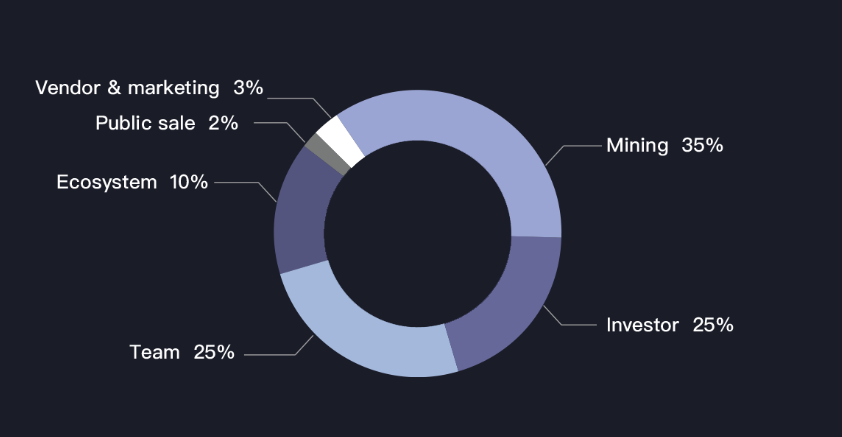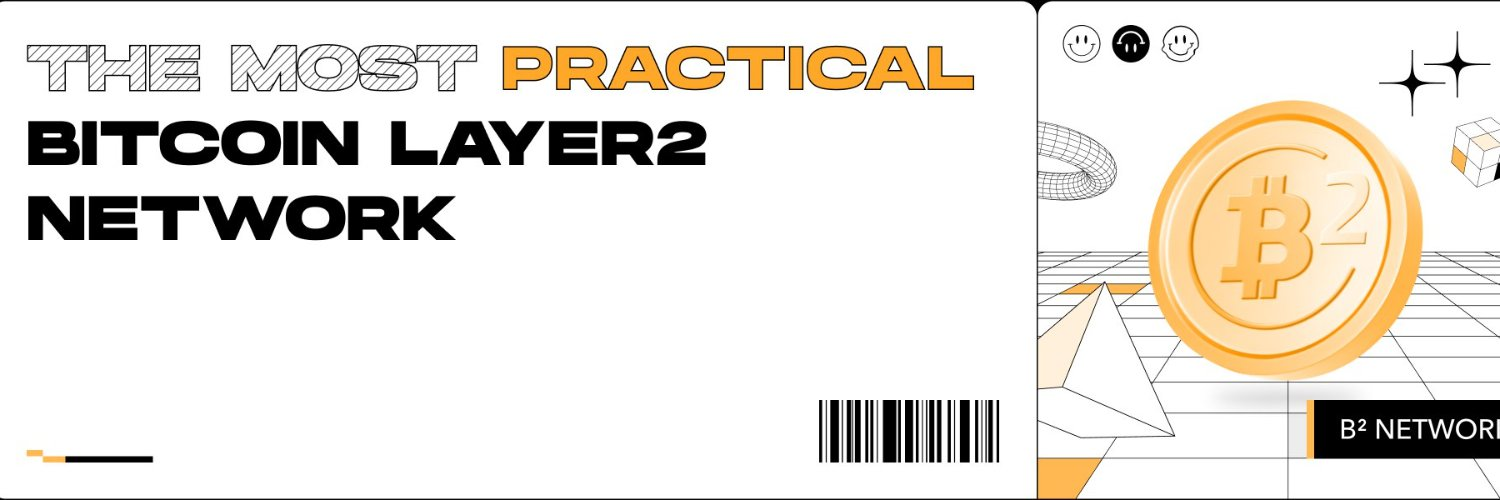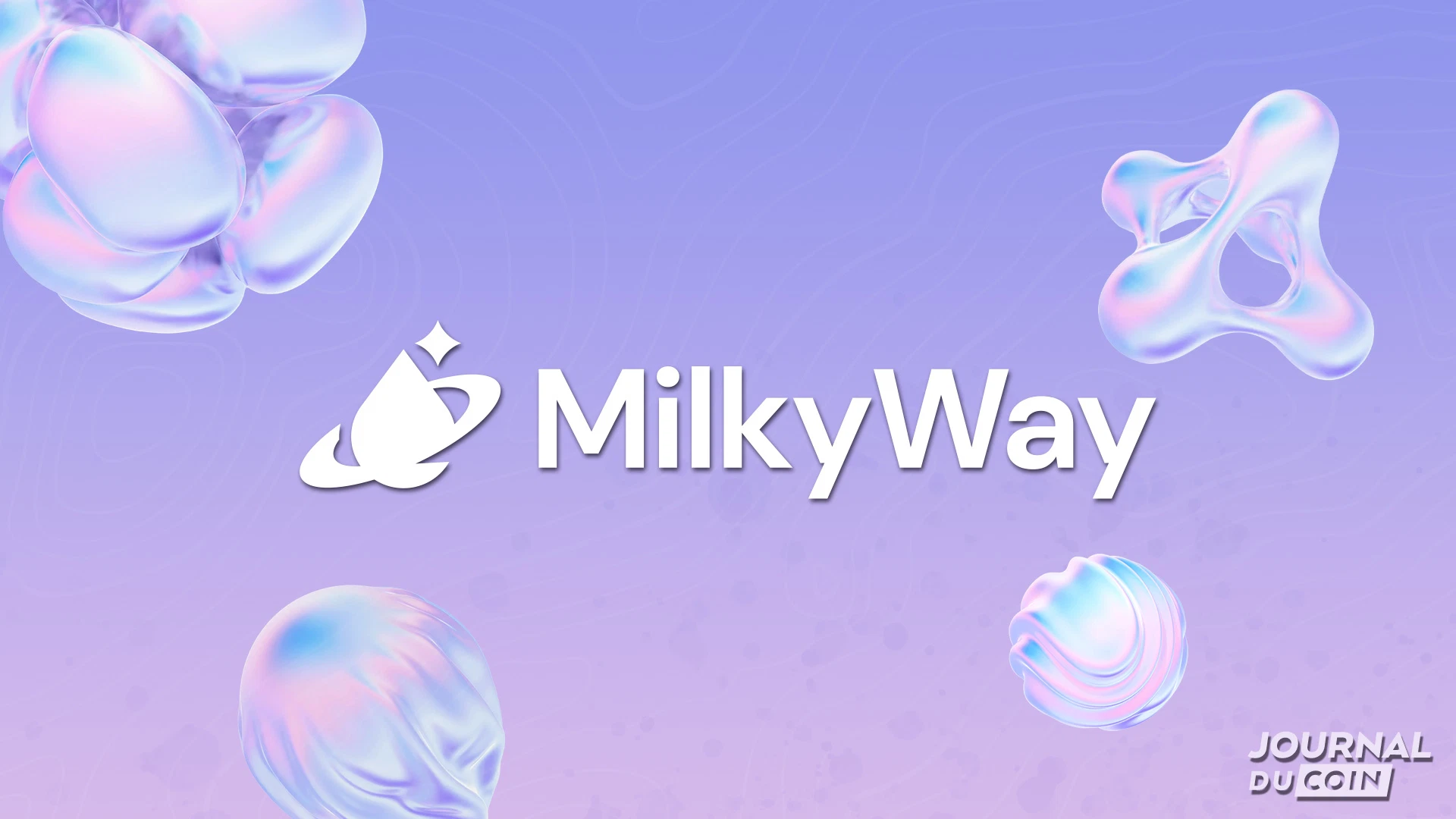TOKEN METRICS WATCHLIST
We scored many projects this week.
Please remember that some of these projects still need our code review process. Still, we want to call them out here because they preliminarily caught our eye based on our fundamental analysis process.
Geodnet- 66.67%
 Website | X(Twitter)
Website | X(Twitter)
Sector – DePin
Status – Active
FDV – $249M
Geodnet is an innovative initiative leveraging cryptocurrency to establish a Global Navigation Satellite Systems (GNSS) network, such as GPS and correction services. This network significantly enhances the precision of location data. GEODNET operates as a web 3.0 blockchain-based Real-Time Kinematics (RTK) through its DePin Network. RTK technology offers a remarkable 100x enhancement in position accuracy compared to standalone GPS systems
Product – Geodnet incentivizes individuals who operate hardware to establish a network of “miners” that provide valuable services. In the case of Geodnet, these miners use internet-connected devices to gather satellite positioning signals and enhance their accuracy. Users purchase these devices using their funds, which are available from online retailers, and install them following online instructions. Consequently, the network is not dependent on a single or limited number of suppliers.
Investors

Token

The $GEOD token is Geodnet’s native token, obtained through mining and staking. People can buy the hardware and be miners or stake $GEOD tokens to earn more rewards. Geodnet has implemented a buyback and burn mechanism and has already burned 5.3 million tokens.
Where can you buy the token?
$GEOD can be brought from exchanges like Uniswap V3(Polygon), Quickswap V3 and Quickswap.
B² Network -66.67%
 Website | X(Twitter)
Website | X(Twitter)
Sector – Bitcoin Layer 2
Status – Active
The B² Network is a prominent Layer 2 project focused on Bitcoin (BTC), providing the integration of smart contracts into the BTC network. The project offers a platform for developing innovative applications within the BTC ecosystem, including Decentralized Finance (DeFi), BTC derivatives, and other decentralized applications (dApps). It implements zk proof verification commitment rollup on the Bitcoin blockchain and is compatible with the Ethereum Virtual Machine (EVM), enabling seamless integration with Ethereum-based applications.
Features
- Faster & Cheaper – The B² Network offers significant cost and speed advantages over the Bitcoin network, being more than 50x cheaper and 300x faster. It achieves this while maintaining Bitcoin-level security through a combination of Bitcoin Proof of Work (POW) at Layer 1 (L1) and Zero-Knowledge Proof (ZKP) at Layer 2 (L2).
- ZK-Rollup – the network utilizes ZK-Rollup as its Rollup layer. This ZK-Rollup layer incorporates the zkEVM solution, which executes user transactions within the Layer-2 network and generates the necessary proofs to validate these transactions.
- Ease of use – Users can seamlessly access the B² Network using tools like MetaMask, Unisat, OKX Wallet, Xverse, and Leather with the same ease as on other networks.
- Bitcoin as Data Availability – The network also features a DA layer (Data Availability Layer) for Bitcoin, enabling any ZK-Rollup solution to utilize Bitcoin as a settlement layer through the B² Hub. This facilitates the submission of aggregated ZK-Rollup data and proofs from various ZK-Rollups to Bitcoin, thereby reducing transaction congestion on the network.
- Easy Migration – Furthermore, the B² Network offers easy migration to BEVM (B² Ethereum Virtual Machine) with comprehensive tools, enabling users and developers to seamlessly switch to, build on, and migrate decentralized applications (dApps) from EVM-compatible chains to the B² network.
Investors
 Website | X(Twitter)
Website | X(Twitter)
Sector – Bitcoin Layer 2
Status – Active
The B² Network is a prominent Layer 2 project focused on Bitcoin (BTC), providing the integration of smart contracts into the BTC network. The project offers a platform for developing innovative applications within the BTC ecosystem, including Decentralized Finance (DeFi), BTC derivatives, and other decentralized applications (dApps). It implements zk proof verification commitment rollup on the Bitcoin blockchain and is compatible with the Ethereum Virtual Machine (EVM), enabling seamless integration with Ethereum-based applications.
Features
- Faster & Cheaper – The B² Network offers significant cost and speed advantages over the Bitcoin network, being more than 50x cheaper and 300x faster. It achieves this while maintaining Bitcoin-level security through a combination of Bitcoin Proof of Work (POW) at Layer 1 (L1) and Zero-Knowledge Proof (ZKP) at Layer 2 (L2).
- ZK-Rollup – the network utilizes ZK-Rollup as its Rollup layer. This ZK-Rollup layer incorporates the zkEVM solution, which executes user transactions within the Layer-2 network and generates the necessary proofs to validate these transactions.
- Ease of use – Users can seamlessly access the B² Network using tools like MetaMask, Unisat, OKX Wallet, Xverse, and Leather with the same ease as on other networks.
- Bitcoin as Data Availability – The network also features a DA layer (Data Availability Layer) for Bitcoin, enabling any ZK-Rollup solution to utilize Bitcoin as a settlement layer through the B² Hub. This facilitates the submission of aggregated ZK-Rollup data and proofs from various ZK-Rollups to Bitcoin, thereby reducing transaction congestion on the network.
- Easy Migration – Furthermore, the B² Network offers easy migration to BEVM (B² Ethereum Virtual Machine) with comprehensive tools, enabling users and developers to seamlessly switch to, build on, and migrate decentralized applications (dApps) from EVM-compatible chains to the B² network.
Investors

Milkyway -64.58%
 Website | X(Twitter)
Website | X(Twitter)
Sector – Liquid Staking
Status – Active
TVL – $28M
MilkyWay is a liquid staking protocol for the Celestia ecosystem on Osmosis. Users can stake their $TIA tokens and, in return, receive a staked version that can be used to explore other DeFi opportunities. It creates a liquid staking derivative using CosmWasm contracts, multi sig custody, and the Cosmos SDK auth module.
When users engage in liquid staking of their TIA coins with MilkyWay, they are issued an on-chain representation of their TIA staking position, termed milkTIA. This feature enables Celestia token holders to unlock liquidity for their staked assets, facilitating trading or utilizing them as collateral in a range of DeFi products. Liquid-staked TIA also automatically compounds staking rewards, and users can withdraw their TIA to obtain their native tokens along with accrued staking rewards.
A CosmWasm staking contract on Osmosis handles $TIA deposits (resulting in stTIA issuance) and withdrawals, including claiming TIA with staking rewards. The MilkyWay daemon, an off-chain program, manages interactions between the staking contract and Celestia, monitoring IBC transfer transactions and relevant events. It helps operators verify and sign transactions, generating multi-signed transactions.
Token
The native token of the MilkyWay Protocol is $MILK. Holders of $MILK will be entitled to a share of the 10% protocol fee levied on all staking rewards earned by milkTIA holders. Additionally, $MILK will serve as the governance token for the MilkyWay Protocol, granting holders the authority to vote on protocol and changes.
Investors

Seraph- 62.50%
 Website | X(Twitter)
Website | X(Twitter)
Sector – Gaming
Status – Not yet launched
SERAPH: In the Darkness is an ARPG loot game developed by Seraph Studio. It provides an immersive experience reminiscent of classical ARPG games, inviting players to embark on quests, uncover treasures, and craft unique equipment. SERAPH offers intricate gameplay elements, supports a play-to-earn model, and aims to cultivate a sustainable and thriving economy. The game is free for players to enjoy.
Seraph is an engaging dark ARPG loot game developed by Actoz Soft on Arbitrum. Actoz Soft is a Korean game company listed in South Korea. In the game, players choose various classes, weapons, and abilities, all of which can be upgraded as they progress through their adventure. The main objective is to defeat challenging bosses and acquire high-quality loot. Seraph will be accessible on PC, Android, and iOS devices.
Seraph has cultivated a robust community presence on both Twitter and Discord. The game is currently in its testnet phase and is slated for an imminent launch. Furthermore, their NFT sales have achieved notable success
Token
$SRF (SERAPH’s Feather) is the game’s primary token, enabling free blockchain trading. A $SRF token supply segment is allocated for player rewards and distributed through “contribution mining.” This approach combines player assets, behavior, and a point system to measure player contributions to the game’s ecosystem. The significance of $SRF tokens within the entire SERAPH game and its ecosystem is substantial.
Kakarot- 58.05%
 Website | X(Twitter)
Website | X(Twitter)
Sector – Layer 2
Status – Active
Kakarot is an Ethereum Layer 2 scaling solution employing a zero-knowledge rollup (zkRollup) architecture. It is built using Cairo, a Turing-complete zero-knowledge Domain Specific Language (zkDSL), which primarily powers StarkNet and other StarknetOS chains. Kakarot aims to connect Ethereum with the Starknet ecosystem.
Features
Ethereum Compatibility – Kakarot is a powerful Ethereum Virtual Machine (EVM) implementation that is fully compatible with Ethereum. This compatibility allows seamless migration of existing smart contracts, developer tools, and wallets from Ethereum to Kakarot. Developers can build on Kakarot using their existing skills and knowledge without significant training costs. Interaction with Kakarot dApps mirrors the Ethereum experience, providing a familiar interface.
Scalability – Kakarot addresses scalability challenges by leveraging Validity Rollups, STARKs, and the CairoVM. Validity Rollups merge multiple transactions into a single proof of validity, reducing computational overhead and increasing transaction throughput. STARKs ensure the integrity and validity of these batches. With Starkware’s CairoVM, Kakarot processes transactions in a highly scalable manner, improving scalability across the Ethereum ecosystem.
Security – Kakarot prioritizes security, inheriting it from Ethereum Layer 1 (L1) through proofs of stake. Proofs of validity ensure that transaction executions on Kakarot’s EVM comply with Ethereum L1’s rules.
CairoVM and zkVM – Kakarot’s foundation is the Cairo Virtual Machine (CairoVM), a complete Turing CPU architecture. . CairoVM enables Kakarot to achieve zero-knowledge EVM (zkEVM) status, enhancing transparency and security. This innovative transaction validation approach introduces new privacy, verification, and scalability possibilities.
Token
Kakarot’s native token, $KKRT, is essential within the ecosystem. It functions as a utility token for zkEVM interactions and governance participation. Token holders can stake $KKRT to secure the network and earn rewards, encouraging active involvement and network stability. Developers on Kakarot can use $KKRT for transaction fees, smart contract deployment, and additional features. As Kakarot expands, $KKRT’s utility will grow, creating a dynamic token economy. More details are expected to be released later.
Investors






